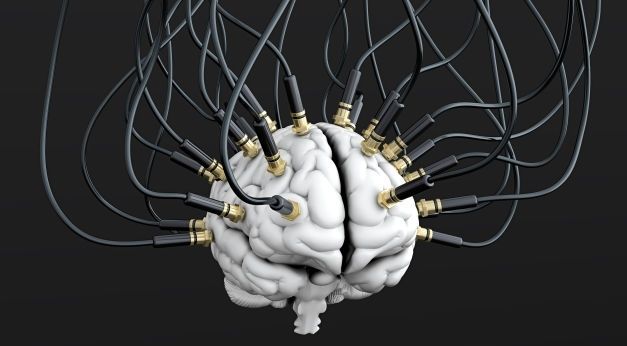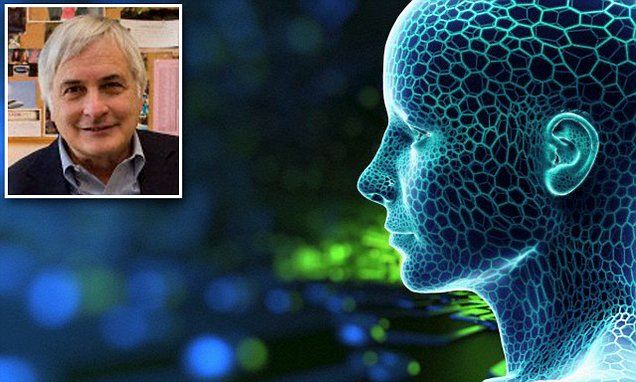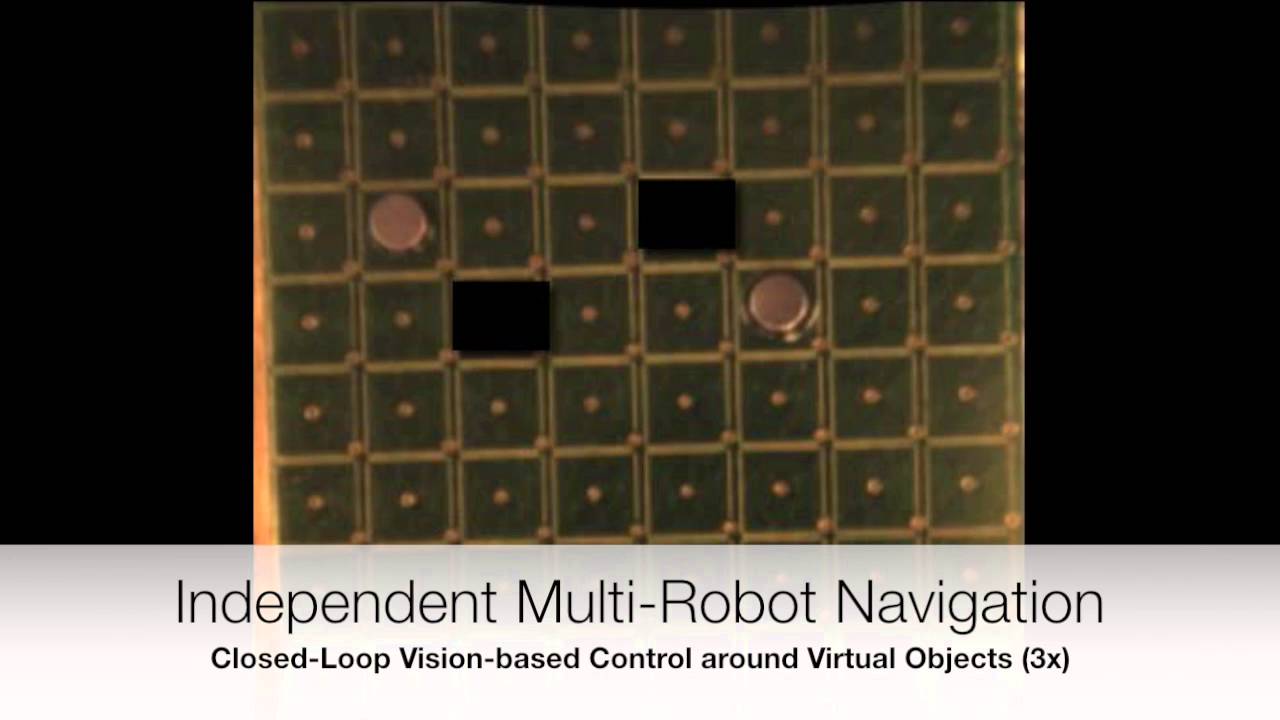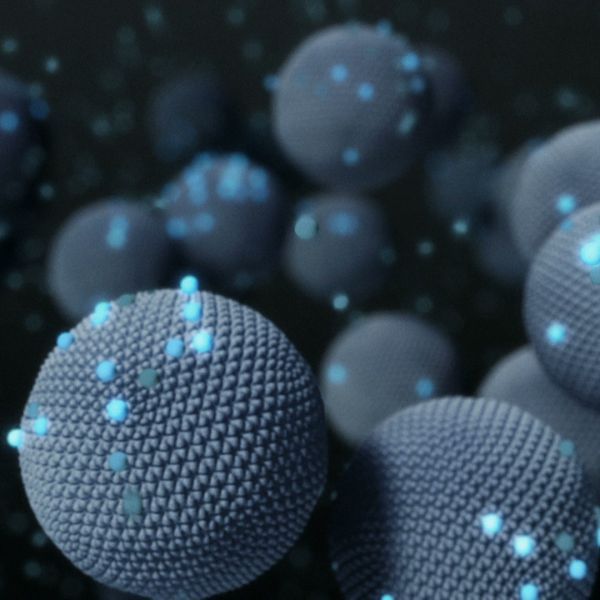Jan 20, 2016
DARPA wants to build wetware so we can mind control computers
Posted by Shailesh Prasad in categories: biotech/medical, cyborgs, electronics, engineering, neuroscience, supercomputing
Hot damn, our Ghost in the Shell future is getting closer by the day. DARPA announced on Tuesday that it is interested in developing wetware — implantable brain-machine interfaces (BMI) that will allow their users to control computers with their thoughts. The device, developed as part of the Neural Engineering System Design (NESD) program, would essentially translate the chemical signals in our neurons into digital code. What’s more, DARPA expects this interface to be no larger than two nickels stacked atop one another.
“Today’s best brain-computer interface systems are like two supercomputers trying to talk to each other using an old 300-baud modem,” Phillip Alvelda, the NESD program manager, said in a statement. “Imagine what will become possible when we upgrade our tools to really open the channel between the human brain and modern electronics.”
The advanced research agency hopes the device to make an immediate impact — you know, once it’s actually invented — in the medical field. Since the proposed BMI would connect to as many as a million individual neurons (a few magnitudes more than the 100 or so that current devices can link with), patients suffering from vision or hearing loss would see an unprecedented gain in the fidelity of their assistive devices. Patients who have lost limbs would similarly see a massive boost in the responsiveness and capabilities of their prosthetics.
















